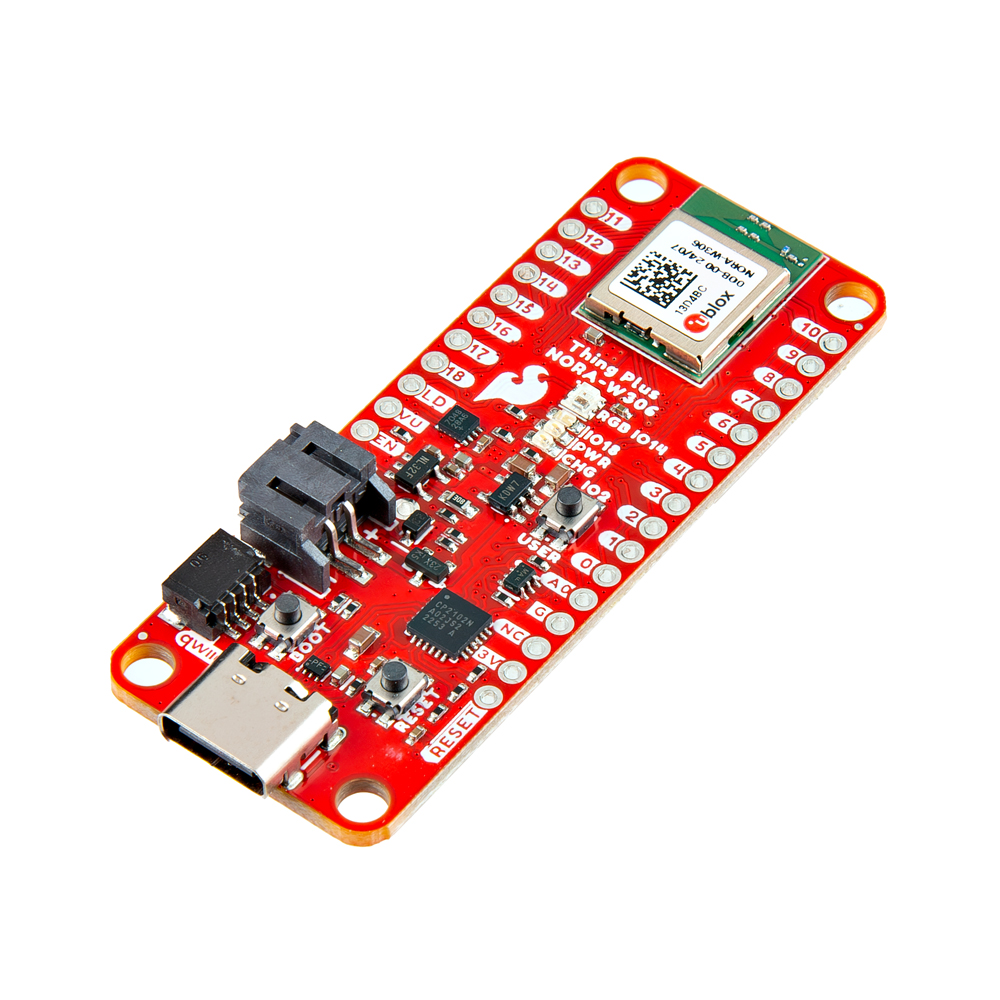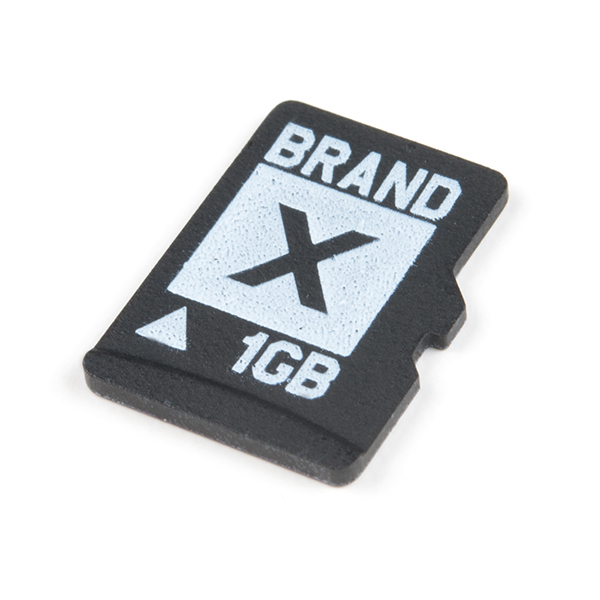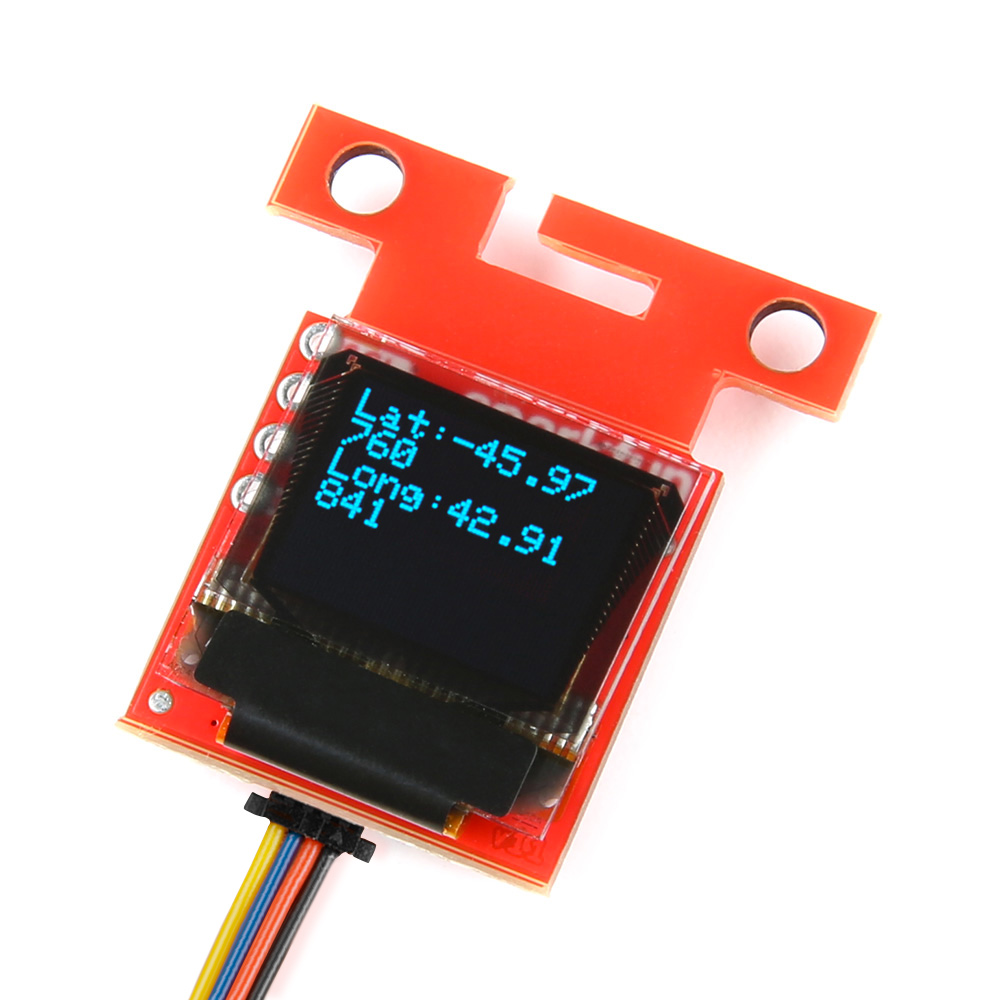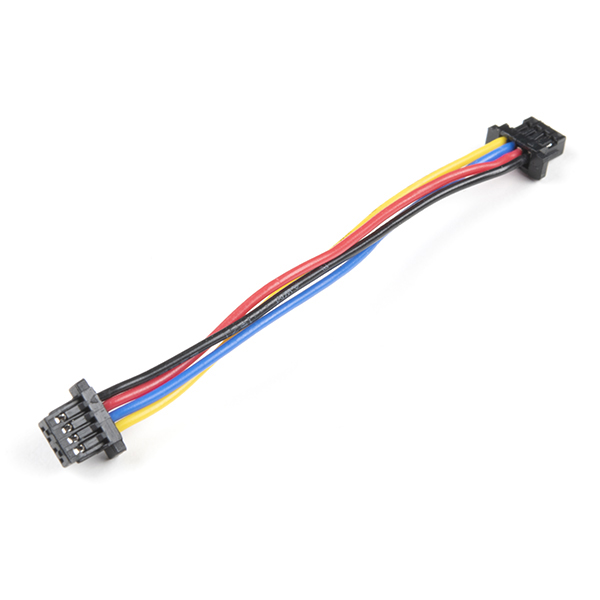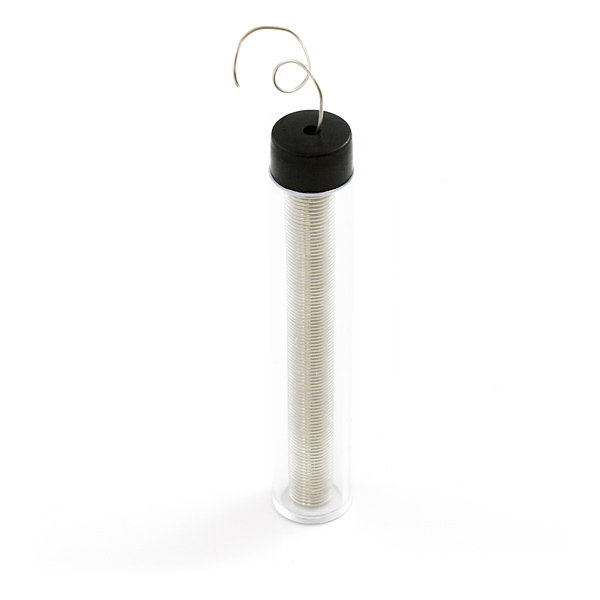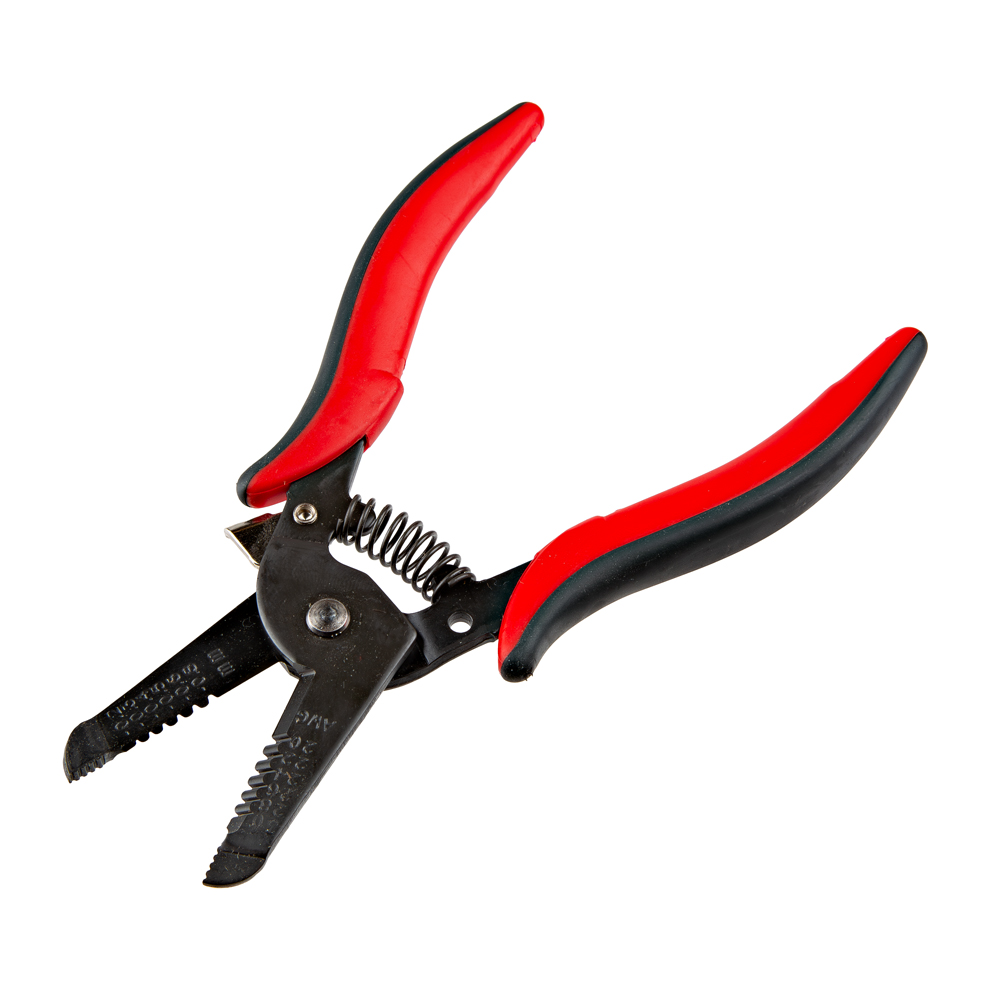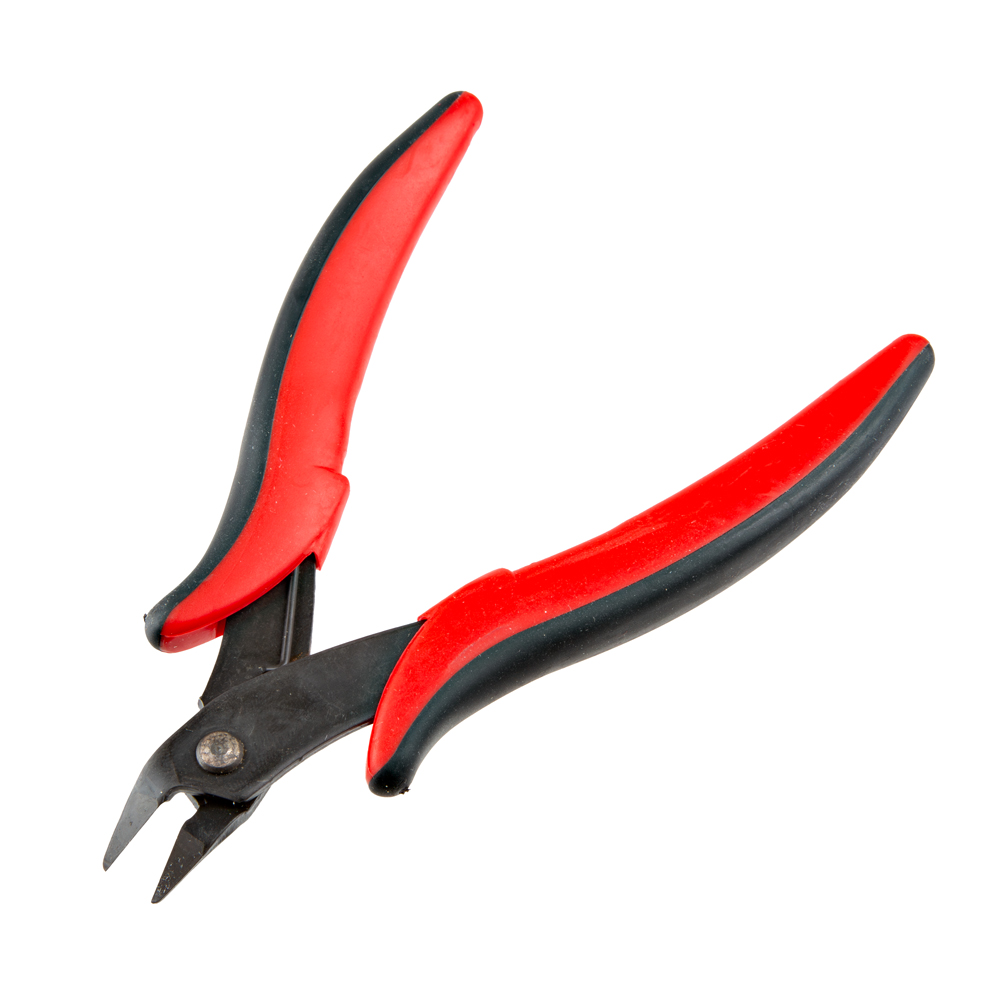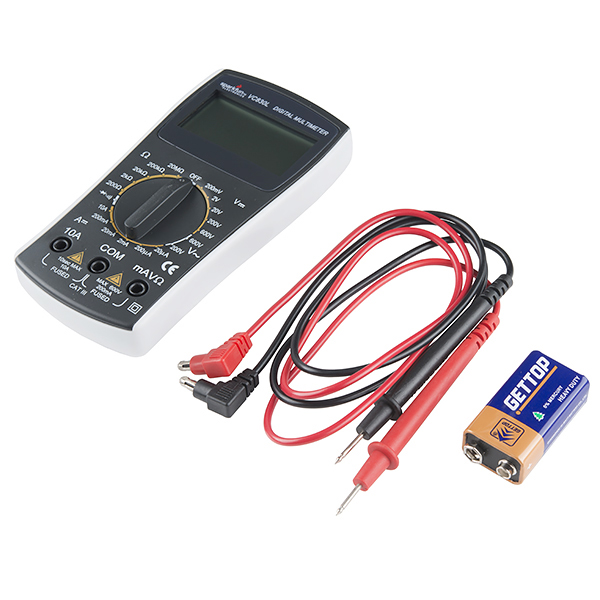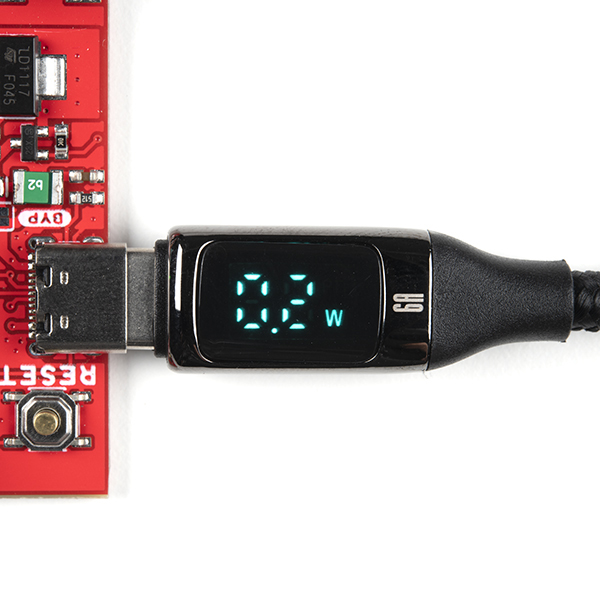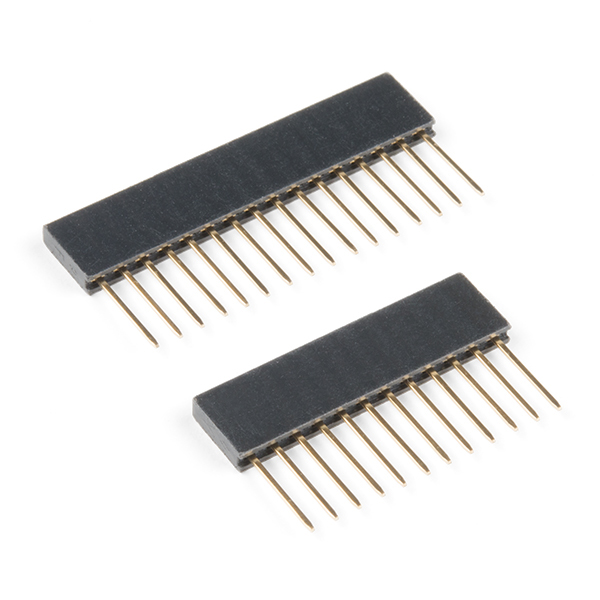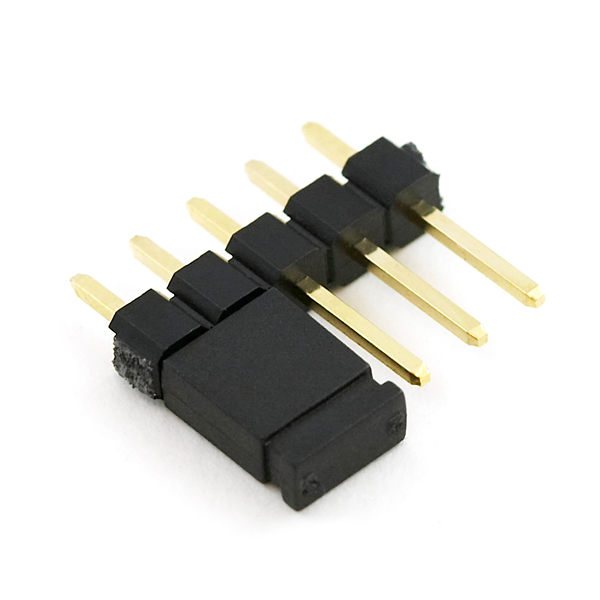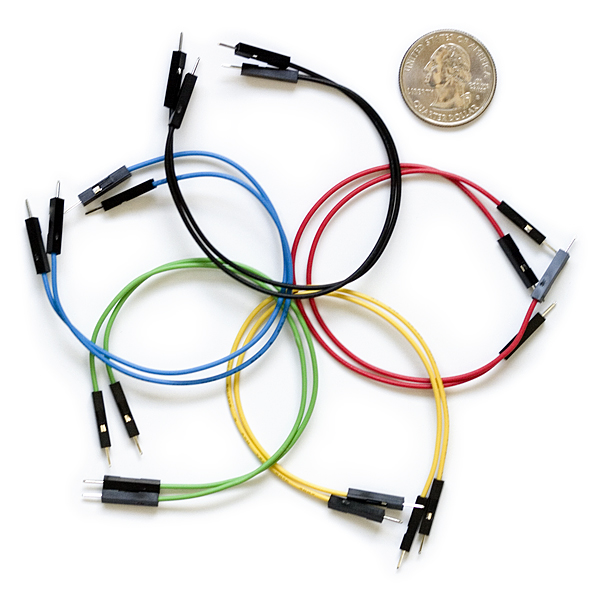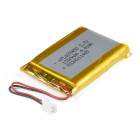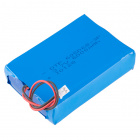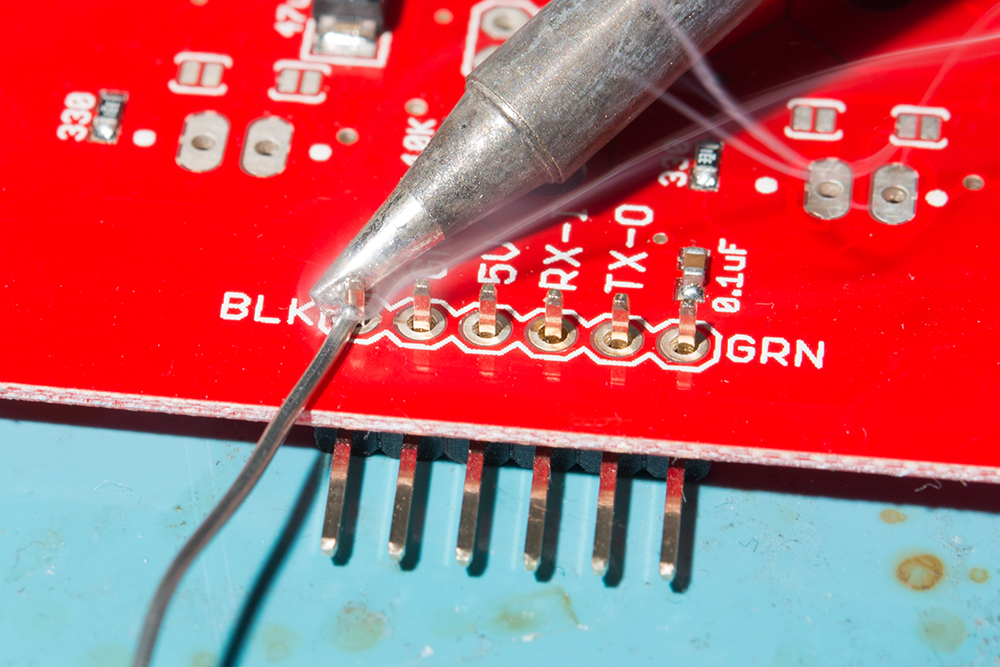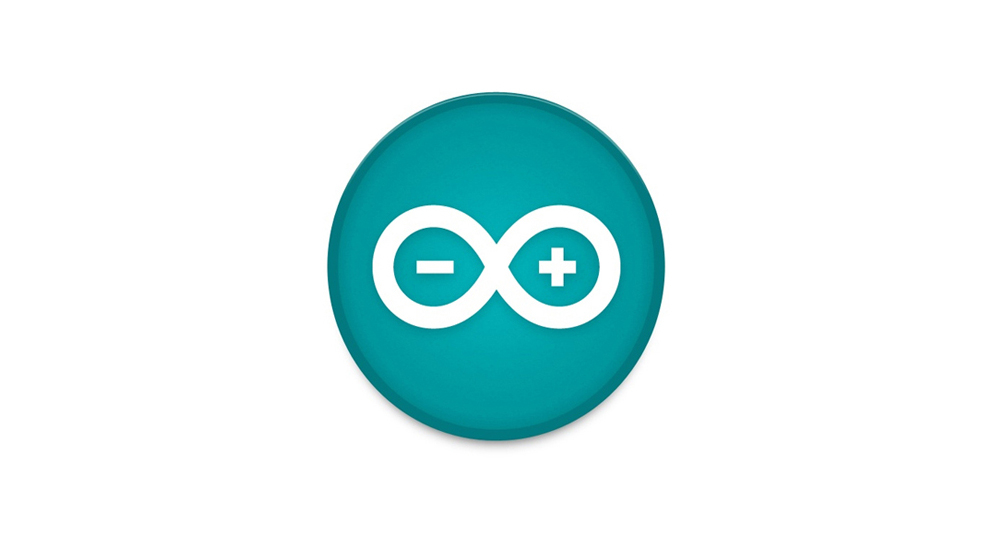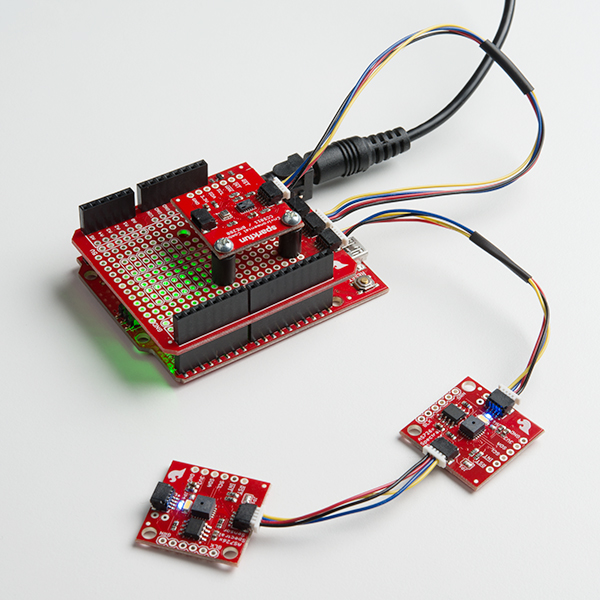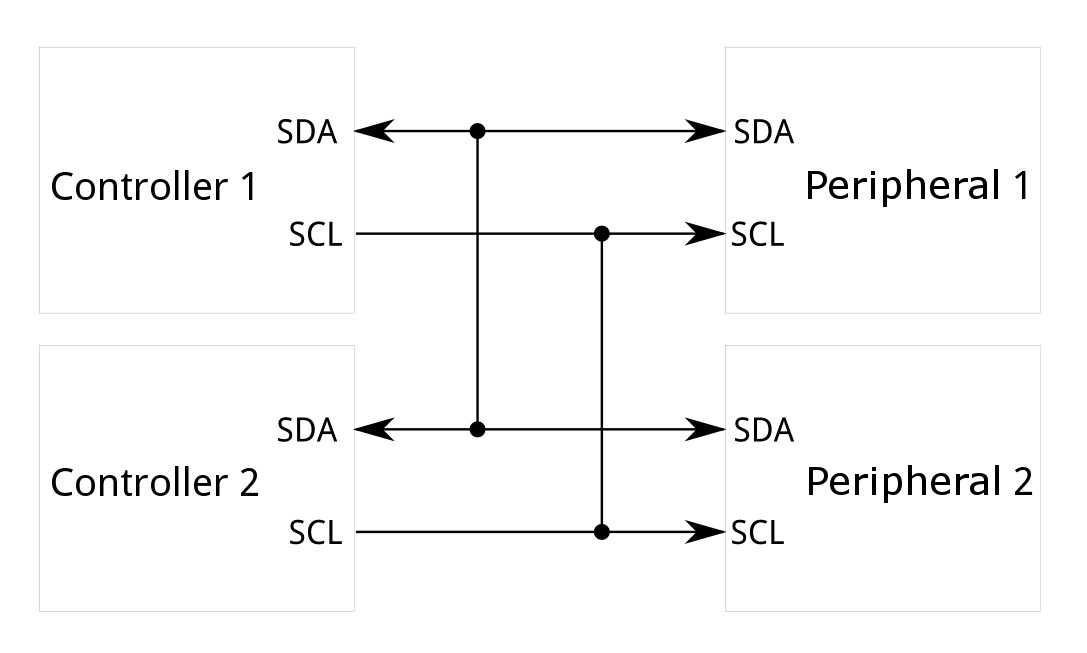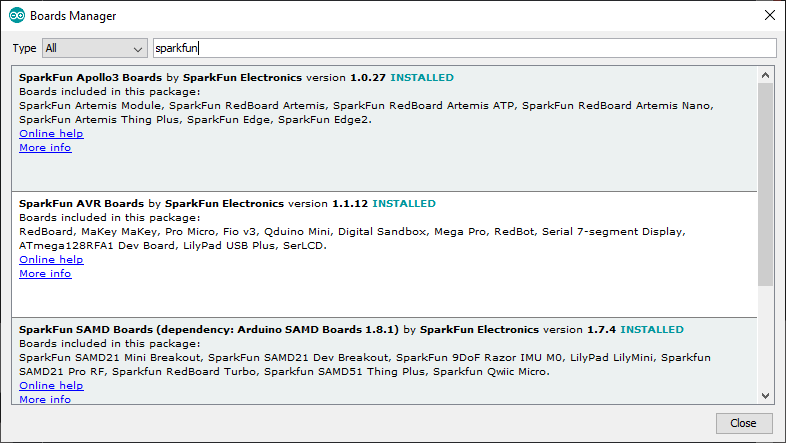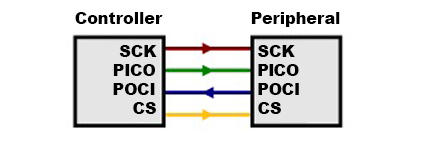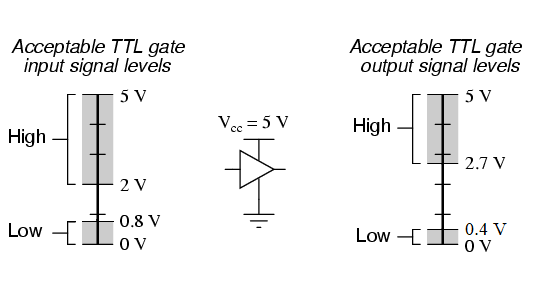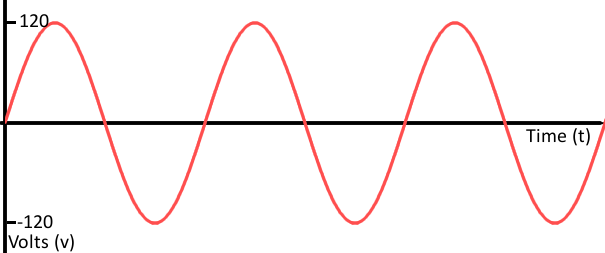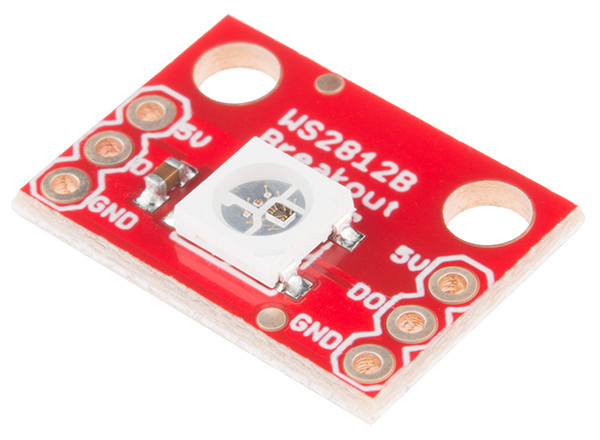Introduction
The SparkFun Thing Plus - NORA-W306 is a Feather form-factor development board equipped with the u-blox NORA-W306 module. The module contains a Realtek RTL8720DF, which has an integrated single-chip low-power dual-band (2.4GHz and 5GHz) Wireless LAN (WLAN) and Bluetooth® Low Energy (BLE 5.3) communication microcontroller. It also consists of a dual processor core: Arm Cortex-M33 and Cortex-M23. To complement the module's low-power options, we've optimized components and added the ability to depower all subsystems to conserve as much power as possible for remote battery-powered applications.
In this tutorial, we'll go over the hardware and how to hookup the development board to an Arduino. We will also go over a few Arduino examples to get started!
Required Materials
To follow along with this tutorial, you will need the following materials. You may not need everything though depending on what you have. Add it to your cart, read through the guide, and adjust the cart as necessary.
Note
Make sure that you have a microSD card reader or adapter as well to read the contents saved on the memory card.
Tools (Optional)
You will need a soldering iron, solder, and general soldering accessories for a secure connection when using the plated through holes. For users that are measuring the current draw, you may want to consider grabbing a digital multimeter or a USB C cable that is able to display the current draw.
Prototyping Accessories
Depending on your setup, you may want to use IC hooks for a temporary connection. However, you will want to solder header pins to connect devices to the plated through holes for a secure connection.
Qwiic Cables
For those that want to take advantage of the Qwiic enabled devices, you'll want to grab a Qwiic cable.
LiPo Battery
A single-cell Lithium-ion battery can be connected to the SparkFun Thing Plus NORA-W306 for portability.
Suggested Reading
If you aren't familiar with the Qwiic Connection System, we recommend reading here for an overview.
If you aren’t familiar with the following concepts, we also recommend checking out a few of these tutorials before continuing.
